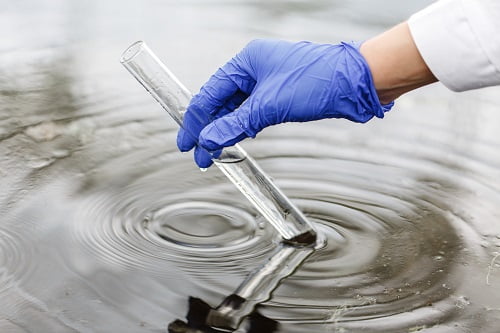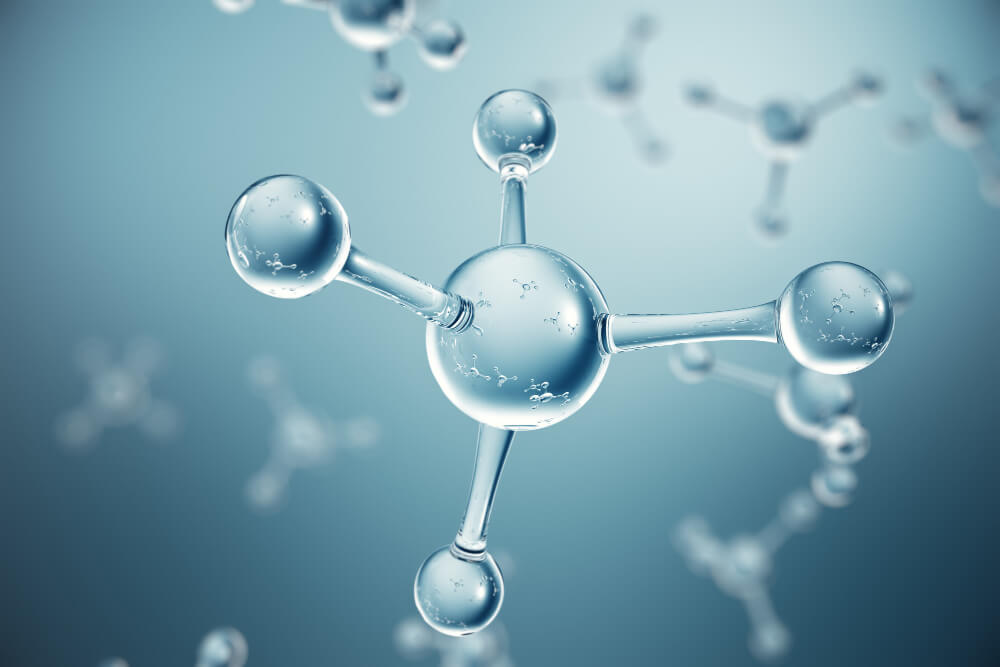4 Surprising Facts About Coagulant For Water Treatment

5 things you need to know about coagulants and flocculants!
June 19, 2020
Polyaluminium Chloride in Water Treatment
January 5, 2023What is coagulant?
What is Coagulant for water treatment?
A clean source of water is essential for every life. For example, it could be used for drinking, irrigation, and various processes. Any purpose will need clean water.
Thus, the coagulation process is a paramount step in water treatment to produce clean water. But do you think that you know all about coagulants? Let us find out 4 surprising facts about coagulant for water treatment.

1. Coagulation from ancient to modern application
Did you know that coagulation for water treatment has been a part of ancient history? In fact, in 2000BC, the Egyptians were the ones to test the capability of almonds to purify river water and succeeded in producing clean water for them to drink.
Furthermore, evidence suggests that the Romans used alum as a coagulant circa 77AD. Therefore, coagulant for water treatment is not a new method; instead, it has been improved with its efficiency via research in today’s world.
2. Coagulant in water treatment can remove solids
So how does coagulation work? Coagulation is a chemical method of removing solids from water. This is accomplished by tampering with the electrical surface charges of particles suspended in water.
The negative electrical charge on particles is neutralized during the coagulation process, destabilizing the forces that keep the colloids apart. These particles will then be bonded together, forming clumps and settled out from the water as sludge. To achieve this, a coagulant for water treatment must be employed.
3. Two types of coagulant water treatment
The coagulant for water treatment mostly comprises positively charged molecules, which will result in neutralization when added to water and mixed. There are two types of coagulants for water treatment: organic and inorganic.
Organic coagulants are commonly utilized in separating solids and liquids that come along with sludge production. The most widely used organic coagulant for water treatment is polyAMINE and polyDADMAC.
It works by charge functionalization alone hence having no advantage to the sweep-floc mechanism. On the other hand, polyamines can effectively treat high-turbidity raw water and a variety of wastewaters.
POLYDADMACs are a type of polyAMINE that belongs to this group. The second group of organic coagulants is melamine formaldehyde and tannins. These coagulants coagulate colloidal matter in water and absorb organic matter like oil and grease.
Organic coagulants provide the following benefits: reduced dosage, less sludge produced, and no pH influence. However, organic coagulant has limited efficacy for metal ions removal in water treatment. Hence, an inorganic coagulant must be used.
Inorganic coagulants are cost-effective and versatile, allowing them to be used in a wide range of water and wastewater applications. Usually, inorganic coagulants will treat raw water with low turbidity and require coagulant aids.
When water is introduced to an inorganic coagulant, aluminum or iron precipitates will form and absorb contaminants in the water and clean the water as they fall. Such a phenomena is called the ‘sweep-floc’ mechanism.
Inorganic coagulant has several advantages, but the main is its ability to treat water when organic coagulant fails to do so. Inorganic coagulants are aluminum sulfate, aluminium chloride, polyaluminium chloride (PAC), aluminum chlorohydrate, ferric sulfate, ferrous sulfate, and ferric chloride.
Among these inorganic coagulants, aluminium sulfate and ferric sulfate are the most widely used. However, per unit cost-wise, aluminum chloride is expensive, whereas ferric chloride is the least expensive inorganic coagulant. Ferric chloride has a disadvantage in handling due to staining and color residue in the treated water.
On the other hand, PAC has excellent coagulation efficiency and removal of phosphor. In addition, it is surprisingly at a low cost compared to other coagulants since it requires a low dosage and produces less chemical sludge which makes it more environmentally friendly
4. The coagulation will also need flocculation
Coagulation often requires flocculation to enhance floc formation. Flocculation will help the floc to aggregate and settle further. After flocculation, you will notice the difference in how clean your water plant will be.
Now that we’ve discussed many types of coagulants for water treatment, the next step is to determine which one is the best for you. If you own a water plant and are currently looking for a water treatment service, we offer tailor-made solutions to meet the exact specification of your needs. Click here to contact us.





